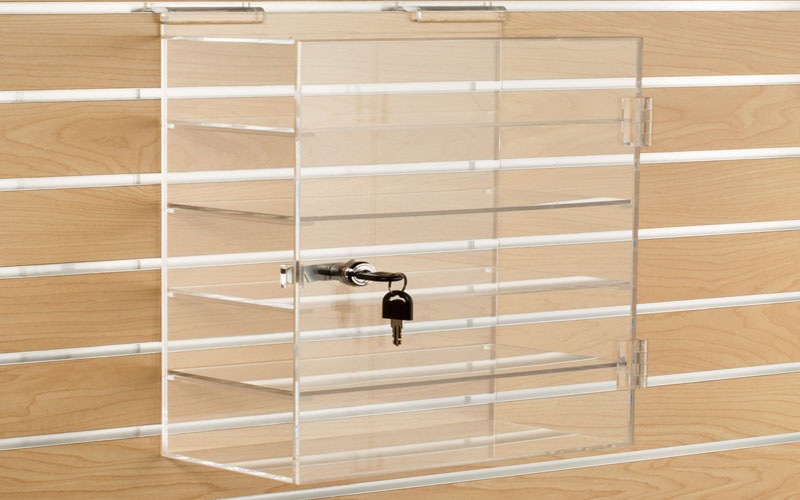
Blockchain technology has become one of the most popular technologies for creating tokens in recent years. However, it can be challenging to launch your token without massive infrastructure needs and develop technologies that bridge the gap between traditional currency, such as SOL and blockchain technology.
What is SOL? SOL, short form for Solana, is a blockchain-based protocol with its native cryptocurrency built to send payments and secure smart contracts. Suppose you’re looking for a foundation for a token launch or ICO. In that case, Solana is an excellent option because it’s open-source, offers security guarantees, and has an active community behind it.
Solana’s Key Features
The Solana team wants to bring these challenges together through their innovative solution: Solana. While bitcoin requires crypto experts with advanced knowledge of computer code to create tokens on its platform, Solana provides a simplified experience while ensuring protection against theft through secure cryptography.
In addition, you won’t have to deal with the company behind a project since Solana has no ties to any existing cryptocurrency companies. No wonder people are interested in making investments in this crypto and searching the net for how to buy Solana? If you too, learn about its amazing features and later show you how to buy SOL.
It Is Highly Scalable
“Scalability” is the holy grail of many cryptocurrencies—and Solana is one of the first to achieve it. The platform can handle up to 65,000 transactions per second, which rapidly outpaces its closest competitor (EOS) by 10. It also has low latency and fees—around one second for confirmation with a fee of about four cents.
Solana maintains this speed without risking its decentralized nature by using a new protocol called Proof-of-History (PoH), which uses the Sealevel programming language to process the information on their network.
It Is Quicker
This is because, unlike other blockchains, Solana was designed to prioritize transactions. Instead of looking for the longest chain with the most considerable total amount of hashing power, Solana looks for the quickest path between the sender and receiver. This is done by prioritizing blocks on their merits: The fastest block will always be chosen as the correct one—the fastest being defined as the one that gets to a recipient before any other block in a race.
The result? Like most other cryptocurrencies, transactions are confirmed in seconds instead of hours or days. This speed has brought Solana its fame: Not only did they earn a spot on CNBC’s Disruptor 50 list, but it also caught the attention of Coinbase Ventures—just another highlight in their long line of achievements since their founding in 2017.
It Is Cheaper
The Solana project is based on a blockchain platform designed to be the fastest, most efficient blockchain ever. The Solana protocol relies on Proof of Stake (PoS), which means that rather than waiting for miners to verify transactions, it takes time and energy for users to do it themselves. This allows for more rapid transaction throughput at a much lower cost than other consensus mechanisms like PoW.
The Solana blockchain has been designed from the ground up with efficiency in mind, making it easy to use and cheaper than alternatives like Ethereum and Bitcoin. The design also increases security through “isolated Byzantium,” which reduces the chance of someone exploiting bugs in older software versions or even hardware fudges in hardware produced without the network’s full knowledge.
It Is Secure
The Solana project is making waves in the blockchain community with its unique Proof-of-History (PoH) consensus mechanism, which has the potential to surpass the security and efficiency of existing tools (in particular, Proof-of-Work).
The basic idea behind PoH is that each node will have a “signature chain,” where nodes can collect signatures on specific blocks in their history and build a reputation for being honest over time. Nodes need to be frank to maintain their reputation, so bad actors don’t get rewarded for lying about their historical records.
A big challenge for PoS systems is that nothing forces honest nodes to stay online or stay participating in the system after they’ve already been rewarded with new coins. They may simply turn off their machines and sell their stake to another investor who’s willing to keep their computer running nonstop.
However, this doesn’t apply as much to PoH: if a node starts faking its history, it will quickly lose its stake (and thus its incentive) because the other nodes can see that it’s lying whenever they all compare notes.
It Is Decentralized
The coin is called Solana, and it’s built on a unique consensus mechanism called Proof of History. Essentially, this means that every block of transactions on the blockchain is secured by referencing the previous block to establish its validity. This allows for very high throughput or roughly one transaction per second. Solana also uses sharding to run parallel chains for different tasks – a technique that has been tested with great success in other projects like Ethereum.
Solana is entirely decentralized, meaning it does not have any miners or validators to produce new blocks. Instead, it relies on ordinary users who use their computers to run a node and validate the network. With this approach, Solana avoids the need for mining pools and mining hardware such as GPUs, making the system much more secure while remaining highly efficient and cost-effective than traditional PoW or PoS systems.
Conclusion
These were the key features of the Solana network that make it one of the fastest-growing crypto networks today. There’s a lot of buzz around the Solana platform, led by an all-star team of tech visionaries. The Solana Network is building a new infrastructure for the decentralized world.
It aims to provide lightning-fast, low-cost, and scalable blockchain technology for digital contracts. Solana was founded in November 2018 by Brian Forde and John Backus, both former members of the Open Philanthropy Project at GiveWell.
The company has been attracting attention from some of the most influential blockchain media outlets, ETHNews and Hackernoon. Solana’s first product will solve one of the most pressing problems facing blockchains today: scaling issues that can lead to delays or even result in a system crash due to increased demand for processing power.
Some cryptocurrencies have tried to scale their systems. Still, they often fall short of their goals because several aspects—such as transaction fees and security—need to be considered when deciding how to improve performance across
The Solana platform introduces customizable sharding into its architecture instead of attempting to scale by other parts of a system. adding more computing power to already-existing chains (think Ethereum).
This dynamic process allows the platform to divide work between machines according to the data (called shards) each machine can process at any given time without affecting performance on other machines or slowing down overall operations too much due in part because it uses cryptography for authentication standards and geographically dispersed nodes (a concept popularized by Bitcoin).
If you are still thinking, why should I buy SOL? Then hopefully, this guide may have helped you. If you are lost about how to buy SOL, just refer to a reliable exchange platform, and it will guide you out.







